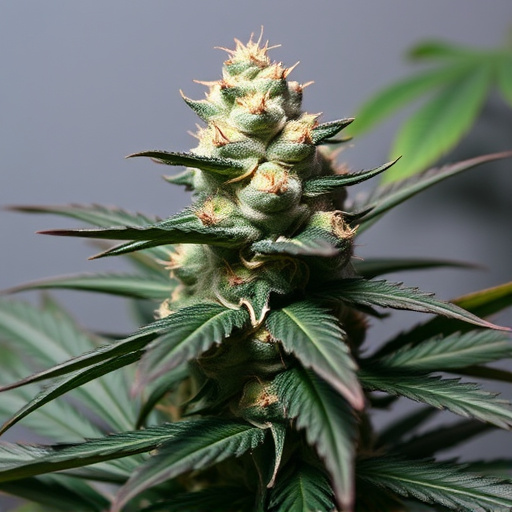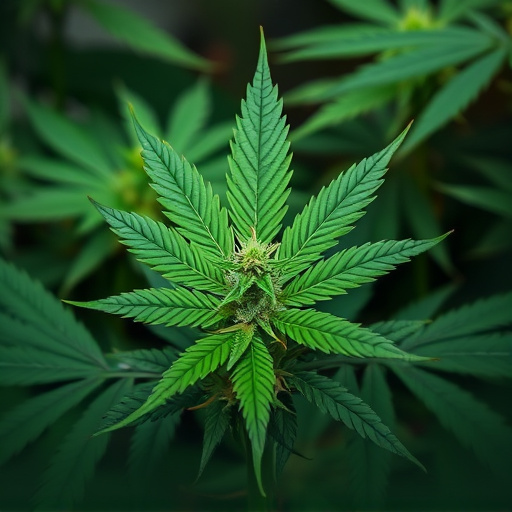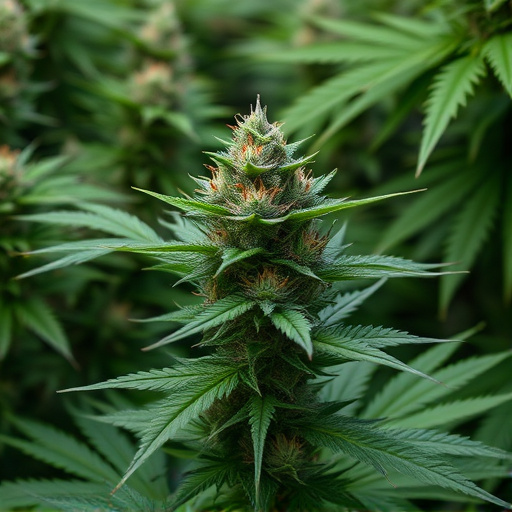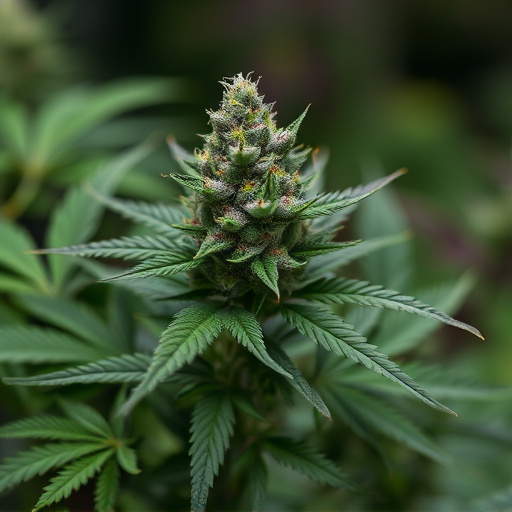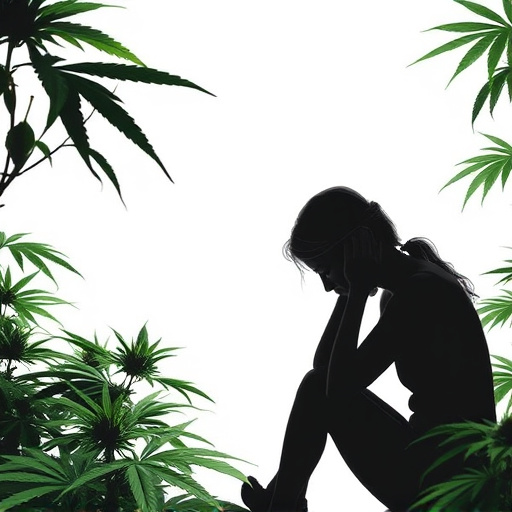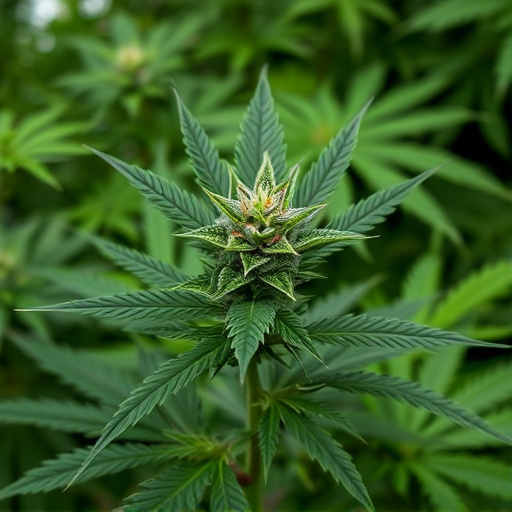Using cannabis for depression offers short-term relaxation and improved mood but carries potential drawbacks. Immediate effects include heightened sensory perception leading to increased appetite and weight gain, difficulty concentrating, impaired memory, coordination issues, and heightened anxiety or paranoia in susceptible individuals. Physical impacts from smoking cannabis include drowsiness, dry mouth, red eyes, elevated heart rate, and impaired coordination. Chronic use may impair cognitive functions and contribute to mental health issues. Before employing cannabis strains for depression, consult a healthcare professional due to limited scientific research.
“Smoking weed may seem like a harmless recreational activity, but it’s crucial to understand its short-term and long-term side effects. This article delves into the physical and mental impacts of both immediate and chronic cannabis use, highlighting issues like dry mouth, impaired coordination, and potential respiratory problems. Furthermore, it explores how certain cannabis strains, particularly those with high CBD content, are being considered as alternatives for managing depression, offering a personalized approach to treatment. Remember that while cannabis has its uses, understanding its effects is essential.”
- Short-Term Side Effects of Smoking Weed
- – Physical impacts: Drowsiness, dry mouth, red eyes, increased heart rate, and impaired coordination.
- – Mental effects: Altered perception, difficulty concentrating, memory lapses, and heightened anxiety or paranoia.
Short-Term Side Effects of Smoking Weed
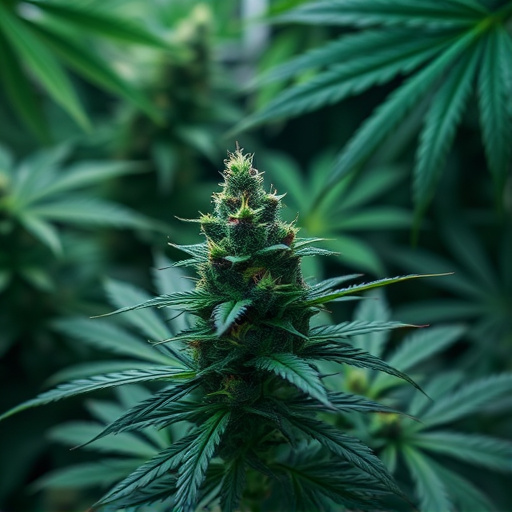
Smoking weed, or using cannabis, comes with a range of short-term side effects that vary from person to person. While many people enjoy its relaxing and mood-enhancing properties, especially those exploring cannabis strains for depression, it’s important to be aware of potential temporary impacts on your mind and body. One of the most common immediate effects is a heightened sense of awareness and sensory perception, often leading to increased appetite and a desire to indulge in comfort foods. This can result in weight gain over time if not balanced with regular physical activity.
Other short-term side effects include difficulty concentrating and impaired memory, especially for tasks requiring focus and cognitive function. Coordination and balance might also be affected, increasing the risk of accidents or injuries, particularly when engaging in activities that demand precision. Additionally, smoking weed can induce anxiety or paranoia in some individuals, which may be more pronounced in those with pre-existing mental health conditions. These temporary effects typically subside as the body metabolizes THC, the primary psychoactive compound in cannabis.
– Physical impacts: Drowsiness, dry mouth, red eyes, increased heart rate, and impaired coordination.

Smoking weed can have several immediate physical impacts, which are often experienced within minutes of consumption. One of the most common effects is drowsiness, leading many users to associate cannabis with relaxation and sleepiness. This feeling can be enhanced by higher concentrations of THC (tetrahydrocannabinol), a primary psychoactive compound in cannabis. Other physical signs include dry mouth—a side effect that can be mitigated by staying hydrated—and red, bloodshot eyes. These symptoms are often temporary but can impair daily functioning.
Additionally, weed use increases heart rate and can cause temporary episodes of palpitations. Impaired coordination is another potential effect, affecting balance and motor skills. This can be particularly dangerous when engaging in activities that require precision or concentration. While some people explore cannabis strains for depression and other mental health conditions due to their perceived calming effects, it’s crucial to consider these physical impacts, especially when combining weed with other substances or certain medications.
– Mental effects: Altered perception, difficulty concentrating, memory lapses, and heightened anxiety or paranoia.

Smoking weed can have significant mental effects, especially in those who use it regularly or in higher concentrations. Users may experience altered perception, where colors seem brighter or sounds seem more intense, leading to a distorted sense of reality. This altered state can be enjoyable for some but unsettling for others, heightening feelings of anxiety or paranoia and causing difficulty concentrating on everyday tasks.
Memory lapses are another common side effect, with users often finding it hard to recall information or events that occurred while under the influence. While occasional use may not cause lasting damage, chronic smoking can impair cognitive functions and potentially contribute to mental health issues like depression. Some people turn to cannabis strains known for their sedative properties, believing them to be effective for treating depression. However, scientific research on this topic remains limited, and it’s crucial to consult healthcare professionals before using cannabis as a treatment for any condition.
While cannabis may offer potential benefits for certain conditions like depression, it’s crucial to be aware of its short-term side effects. Smoking weed can lead to immediate physical impacts such as drowsiness, dry mouth, and impaired coordination, along with mental effects including altered perception and difficulty concentrating. Heightened anxiety or paranoia are also common. When considering cannabis strains for depression or other uses, understanding these side effects is essential to make informed decisions about consumption.




